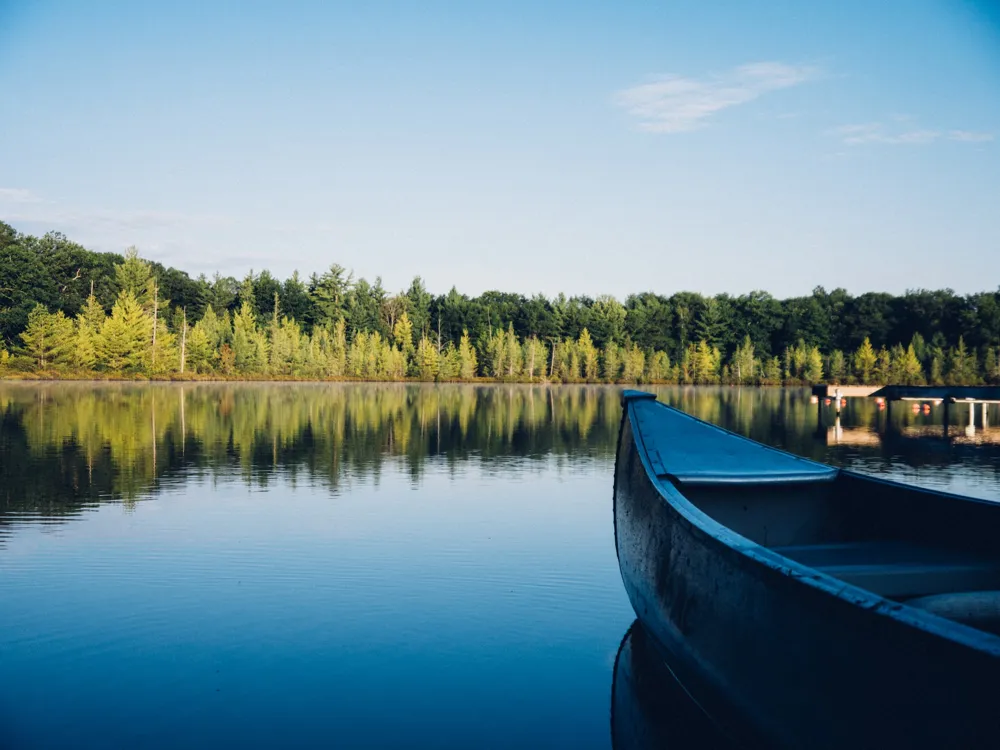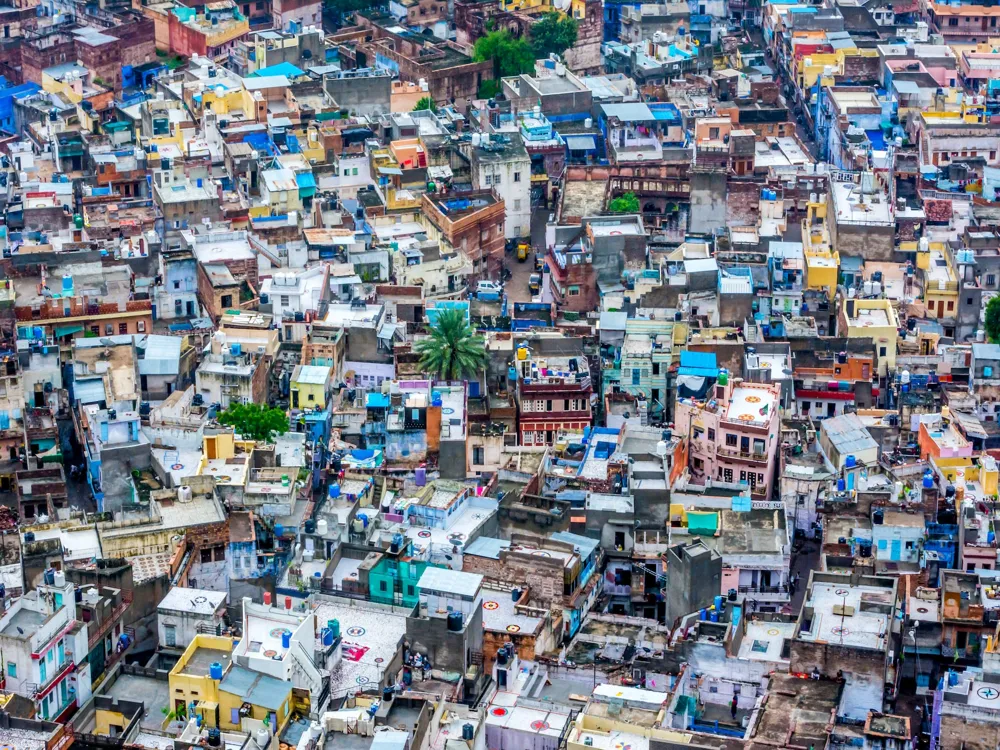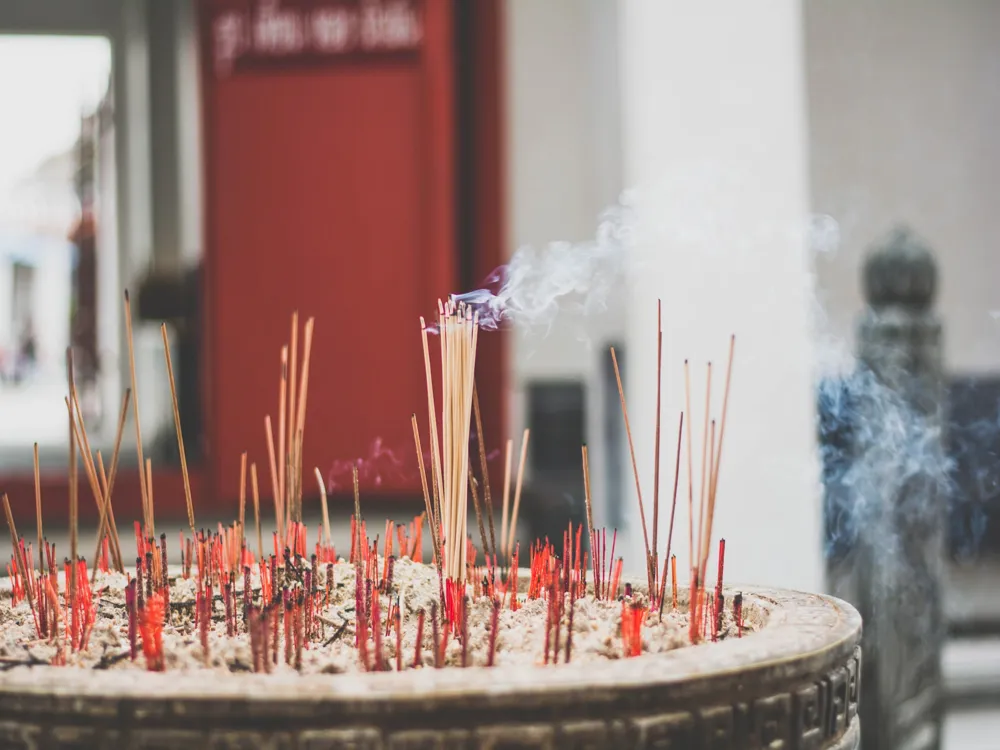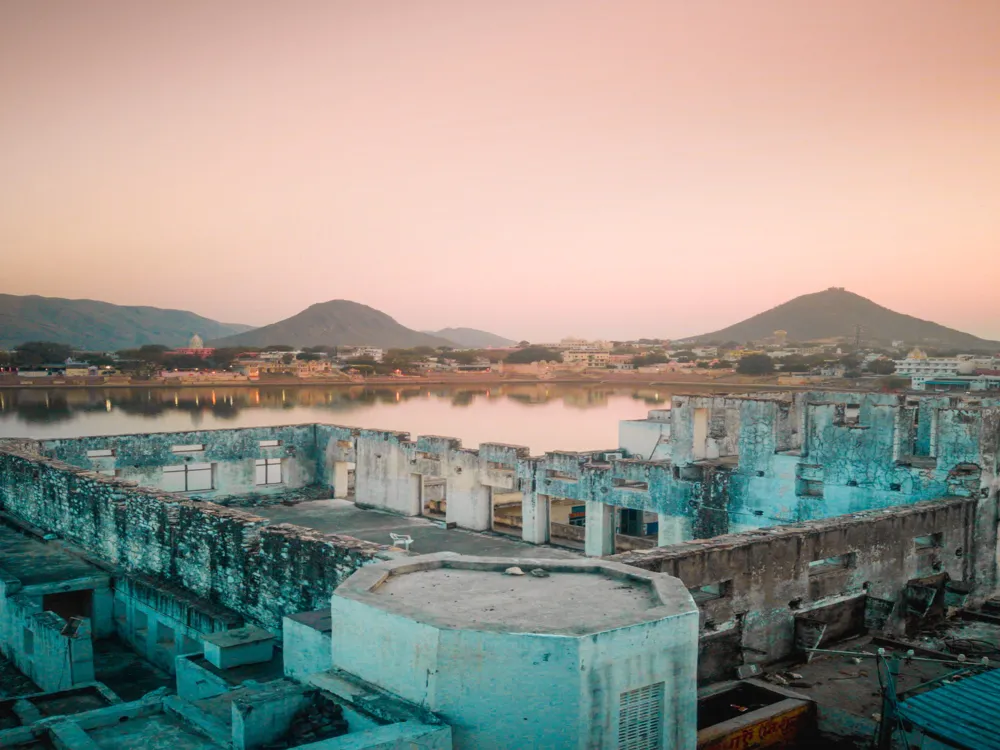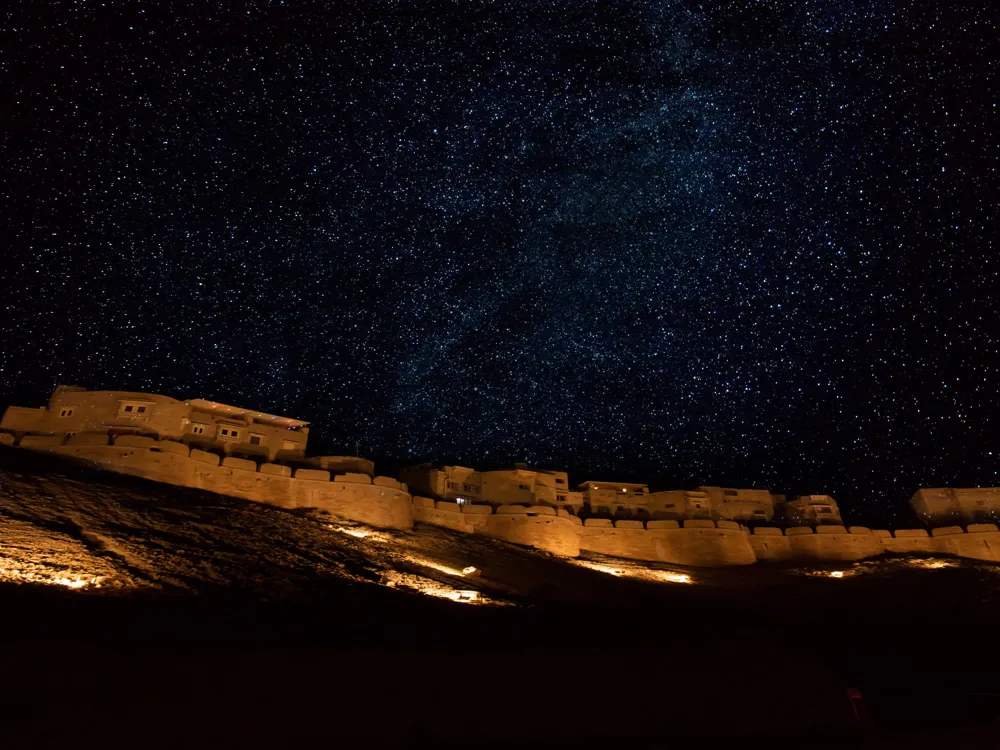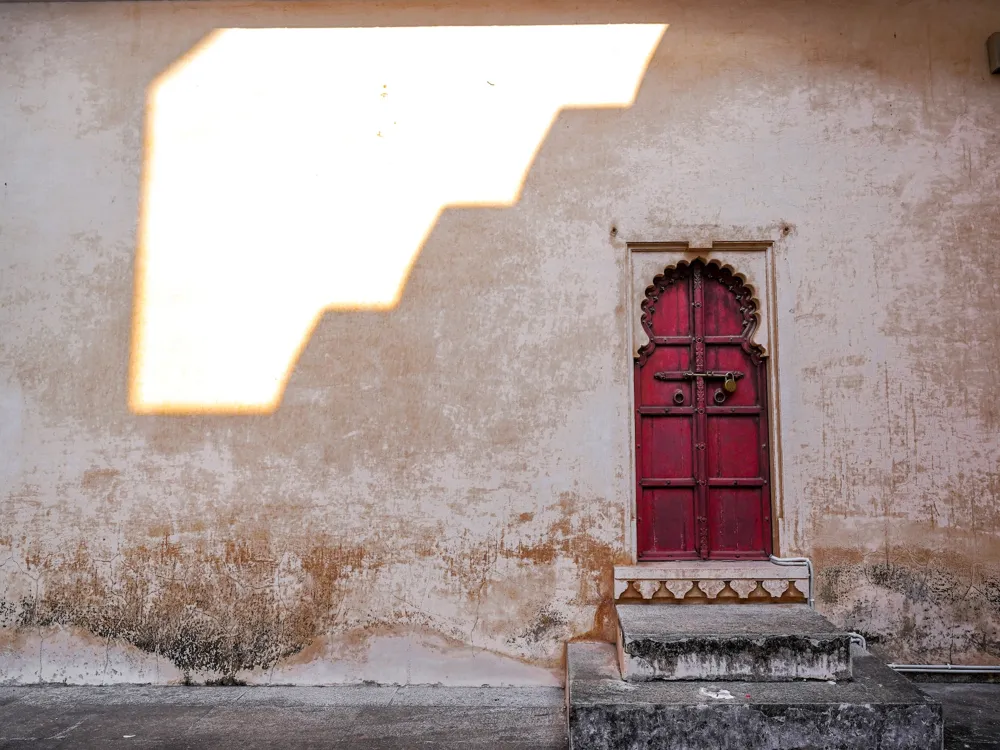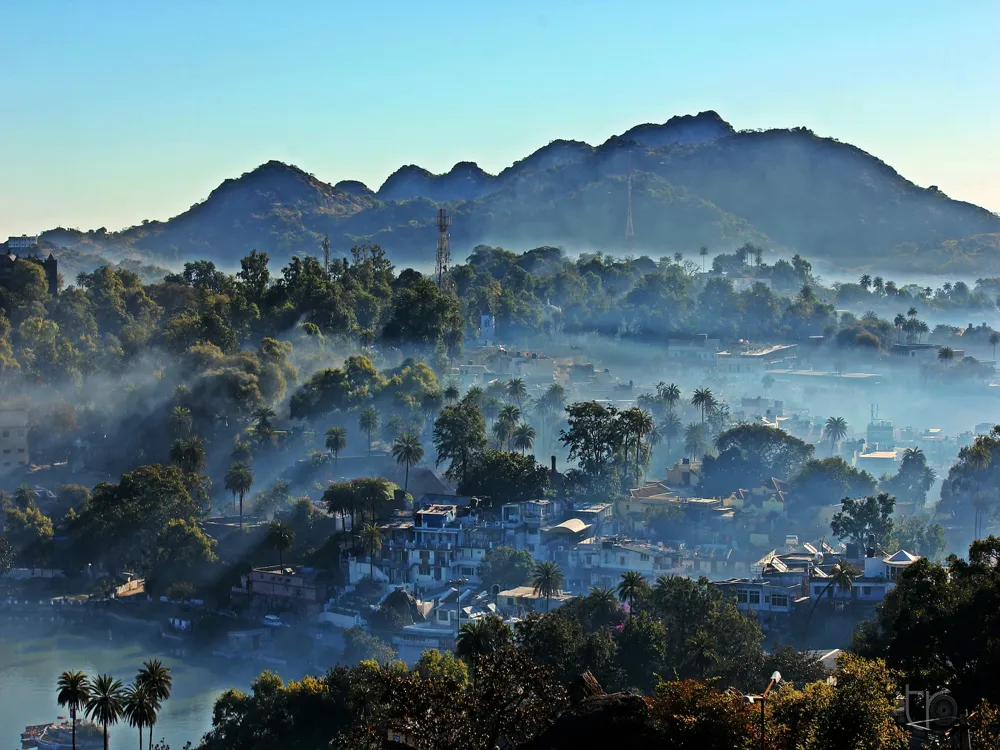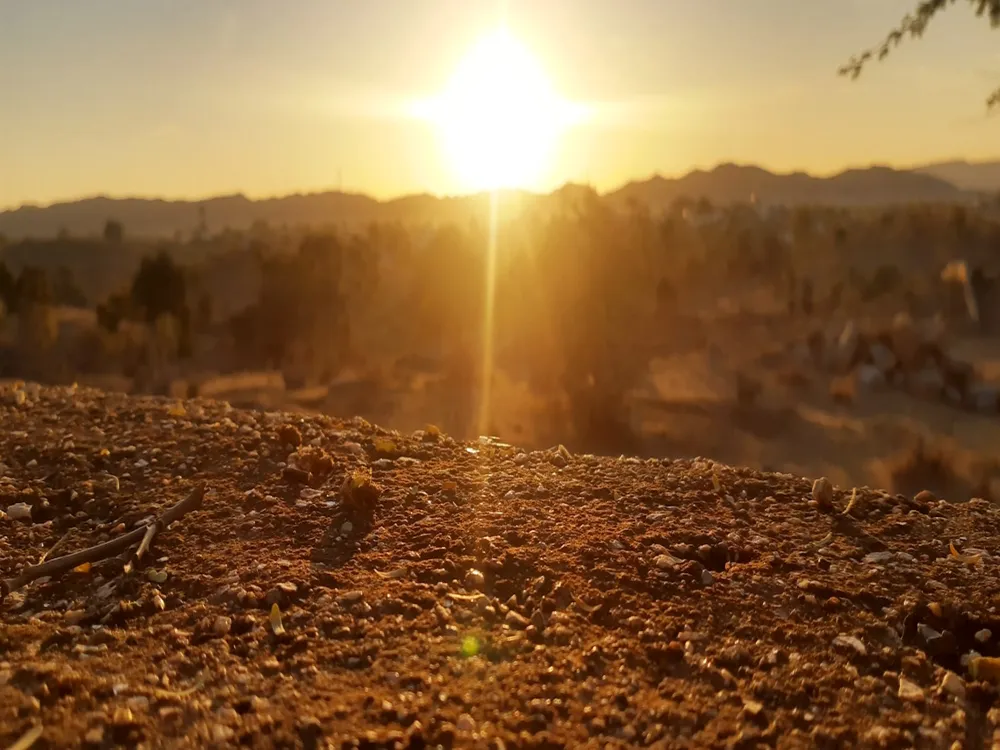Nestled in the outskirts of Jodhpur, Rajasthan, Mandore Garden is a spectacular piece of history and beauty. This garden, once the capital of the Marwar region, is more than just a scenic retreat; it's a journey through time. The Mandore Garden is famous for its lush greenery, towering rock terraces, and the historic cenotaphs known as 'Dewals'. These Dewals are dedicated to the various rulers of Jodhpur and stand as a testament to Rajputana architecture and its grandeur. The garden is also home to the Hall of Heroes and a temple dedicated to the 33 crore Hindu Gods, making it a culturally significant site. The garden's history dates back to the 6th century, and it was a significant part of the Marwar Kingdom. The architecture of Mandore Garden is a blend of Hindu and Muslim styles, reflecting the diverse cultural influences of its time. The lush garden, with its variety of flora, offers a refreshing contrast to the arid landscape of Rajasthan. A visit to Mandore Garden is not just a walk among monuments; it's an immersive experience into the history and culture of Jodhpur and Rajasthan. The architecture of Mandore Garden is a splendid showcase of Rajputana design and craftsmanship. The most striking features of the garden are the cenotaphs, or 'Dewals', built in honor of the Maharajas of Jodhpur. These structures are unique as they are built in the style of Hindu temples rather than the typical chhatris seen in other Rajasthani royal cenotaphs. The largest and most impressive Dewal is that of Maharaja Ajit Singh, built in 1793. This cenotaph is an architectural marvel, with its finely carved stones and intricate detailing, symbolizing the Rajput glory. The Hall of Heroes in the garden is another architectural highlight, featuring vivid rock wall paintings depicting various Rajput heroes and folk deities. These paintings are not only artistically significant but also serve as a cultural narrative of the region's history. Additionally, the Mandore Garden houses a shrine with 33 crore Hindu deities, showcasing the religious diversity and tolerance of the era. The amalgamation of different architectural styles in Mandore Garden is a testament to the rich and varied history of Rajasthan and its rulers. The ideal time to visit Mandore Garden is between October and March when the weather is pleasant. Summers in Rajasthan can be extremely hot, making it less favorable for outdoor activities. Opting for a guided tour can enhance your experience as the guides provide in-depth information about the history and architecture of the garden. Mandore Garden is a photographer's paradise. Ensure you have enough storage and battery for your camera, as the garden offers numerous picturesque spots. Respect the local culture and customs. Dress modestly and be mindful of the sanctity of the temple and the cenotaphs. Carry bottled water and some snacks. However, be sure to keep the garden clean and dispose of waste properly. Mandore Garden is easily accessible from Jodhpur city. It's located about 9 km from the city center. Visitors can opt for local buses, auto-rickshaws, or taxis to reach the garden. For those driving, there is ample parking space available near the garden. The nearest railway station is Jodhpur Junction, and the closest airport is Jodhpur Airport, both of which are well-connected to major cities in India. Read MoreOverview of Mandore Garden, Jodhpur, Rajasthan
Architecture of Mandore Garden
Tips When Visiting Mandore Garden
Best Time to Visit
Guided Tours
Photography
Local Etiquette
Food and Water
How To Reach Mandore Garden
Jodhpur Tourism
Mandore Garden
Jodhpur
Rajasthan
₹ 12,000 onwards
View jodhpur Packages
Weather :
Label : Must Visit
Tags : Garden & Park
Timings : 8:00 AM - 8:00 PM
Time Required : 1-2 hrs
Entry Fee : Garden: No entry fee,
Museum: INR 50
Planning a Trip? Ask Your Question
Jodhpur Travel Packages
View All Packages For Jodhpur
Top Hotel Collections for Jodhpur

Private Pool

Luxury Hotels

5-Star Hotels

Pet Friendly
Top Hotels Near Jodhpur
Other Top Ranking Places In Jodhpur
View All Places To Visit In jodhpur
View jodhpur Packages
Weather :
Label : Must Visit
Tags : Garden & Park
Timings : 8:00 AM - 8:00 PM
Time Required : 1-2 hrs
Entry Fee : Garden: No entry fee,
Museum: INR 50
Planning a Trip? Ask Your Question
Jodhpur Travel Packages
View All Packages For Jodhpur
Top Hotel Collections for Jodhpur

Private Pool

Luxury Hotels

5-Star Hotels

Pet Friendly







